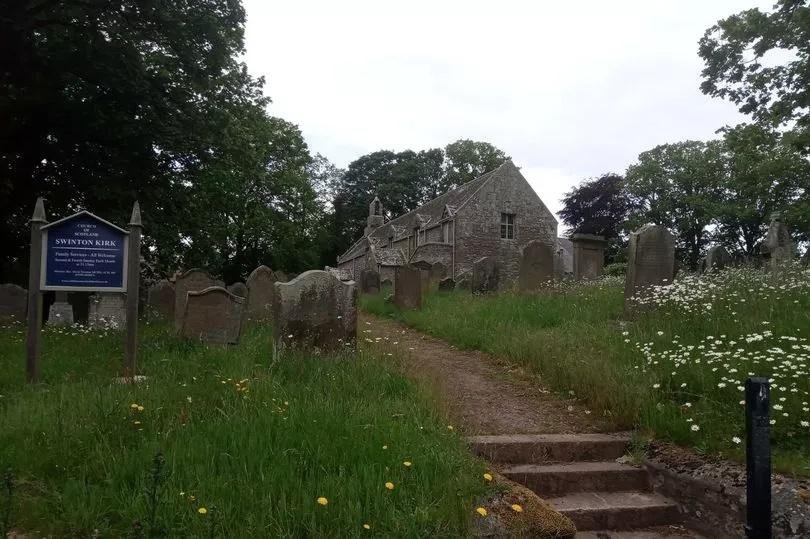Archaeologists from the Border Reivers Archaeology Unit have uncovered disturbing evidence of the tumultuous and violent history along the Anglo-Scottish border. In excavations conducted at Swinton Kirk parish church in the village of Swinton, just north of the Scottish border, they have unearthed scarred human remains that indicate the brutal conflicts that ravaged the region.
 Swinton Parish Church, situated just over the Scottish border. Credit: Border Reivers Archaeology Unit
Swinton Parish Church, situated just over the Scottish border. Credit: Border Reivers Archaeology Unit
The excavation revealed 124 bone fragments and two loose teeth, believed to belong to five individuals, including two adults and three children or young adults. Among these remains were bone fragments displaying clear signs of violent trauma inflicted around the time of death.
According to anthropological studies, the injuries on the bones suggest a violent demise for these individuals, with evidence of blade wounds and sharp force trauma. The bone fragments, including sections of lower leg bones, show indications of peri-mortem trauma, likely caused by blades such as axes or swords. Additionally, marks on one of the shin bones and a thigh bone suggest they were gnawed by large canids, possibly wolves, indicating gruesome post-mortem treatment of the bodies.
Swinton Kirk, dating back to 1100 with significant alterations in 1593, served as a refuge during the Anglo-Scottish Wars and the era of the Border Reivers. The village of Swinton endured numerous attacks by English forces, as evidenced by defensive earthwork remains around the parish church. The church’s bell, known as the Flodden Bell, tolled after the Scottish army’s defeat at the Battle of Flodden in 1513, marking a poignant moment in the region’s history.
 Teeth marks, possibly attributed to wolves, on human remains found during the excavation. Credit: Border Reivers Archaeology Unit
Teeth marks, possibly attributed to wolves, on human remains found during the excavation. Credit: Border Reivers Archaeology Unit
Furthermore, cannonballs from the medieval artillery piece ‘Mons Meg’ were discovered in Swinton parish, having fallen off a cart en route to Norham Castle in 1479.
Reflecting on the findings, an archaeologist from the Border Reivers Archaeology Unit remarked on the significance of the bone trauma, stating, “Living human bone has a completely different consistency… it breaks and cuts in a completely different way.”
The discovery of such remains in a churchyard burial is relatively rare, suggesting the extent of violence and the disregard for the sancтιтy of burial grounds during this tumultuous period. The presence of wolf gnaw marks on the bones indicates the harsh realities of life and death along the border, where bodies were sometimes left unburied after battles or mᴀssacres, vulnerable to scavengers like wolves.
The archaeological discoveries at Swinton Kirk provide a poignant window into the tumultuous history of the Anglo-Scottish border regions, where conflict and survival were constant struggles for the inhabitants.





